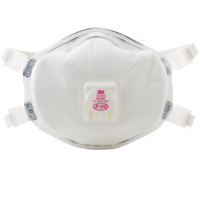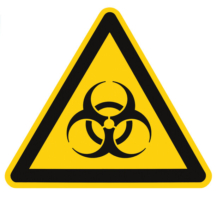
Anhydrous Ammonia Safety for Farmworkers (February 24, 2022)
Anhydrous ammonia (NH3) is an effective nitrogen crop fertilizer used throughout the Midwest and beyond. Anhydrous ammonia is potentially dangerous, as it seeks water from the nearest source, which may be the human body – especially the eyes, lungs, and skin because of their high moisture content. Few problems occur when anhydrous ammonia is handled properly and applied as intended. However, it is important for all individuals working with this type of fertilizer to understand the potential health risks, necessary safety precautions, and proper response in the event of an exposure. Focus of the training is on anhydrous ammonia safety during transport and application, including the anatomy of the nurse tank and toolbar, safety inspection processes, hitching and unhitching safety, personal protective equipment (PPE), rural roadway safety, and first aid/emergency procedures. Hazard communication and emergency action plans will also be addressed.







